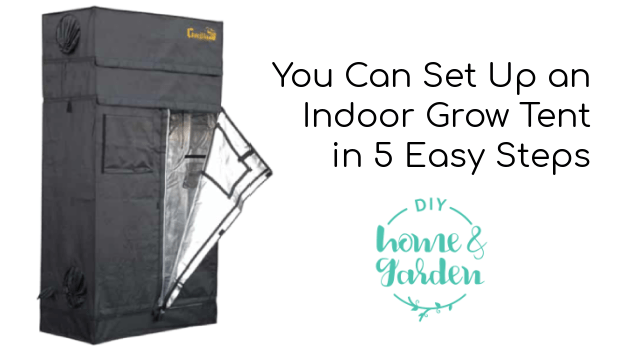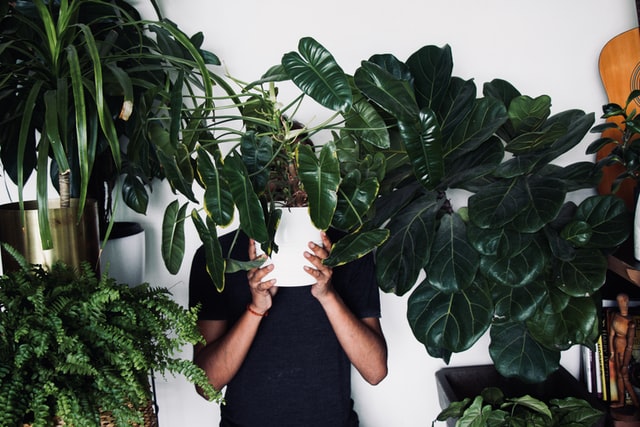Gardeners and houseplant enthusiasts alike prize aloe vera plants for their healthy liquid, a time-honored treatment for minor burns and cuts. But how do you grow them successfully in your house?
Some people have a green thumb when it comes to outdoor plantings. Still, they falter when they try to plant indoors. Fortunately, aloe vera is succulent. Thus, it requires little more than sunlight and appropriate watering now and again. Its carefree nature makes it perfect, even for those who don’t always have the best of luck with houseplants.
By the end of this article, you will know the answers to these frequently asked questions:
- What are the health benefits of growing aloe vera?
- Do aloe plants need sun?
- How much sunlight do aloe vera plants need?
- Does aloe vera require direct or indirect sunshine?
- How should I water aloe vera plants–from the top or bottom?
- Why does my aloe plant not stand up?
- Should I cut off drooping aloe vera leaves?
- How do I stake aloe vera plants?
Aloe Vera Plants: Frequently Asked Questions
Let’s look at the answers to some of the questions people ask about growing this healthful succulent plant.
What are the health benefits of growing aloe vera?
Modern research concurs with the knowledge of ancient healers–aloe vera provides both antibacterial and antioxidant power to help support healing.
Your grandmother probably kept a plant, snipping open leaves and dispensing the gel-like liquid onto minor burns when she cooked. It turns out that was more than just a tall tale!
The antibacterial properties can assist in the healing of minor cuts, scrapes, and burns. Wash the wound with soap, apply some of this “gel,” and bandage the wound.
Besides healing scrapes, a small study suggests that this juice can help speed the healing of canker sores.
Other research shows that aloe vera can also increase collagen production in the skin and help to retain hydration, plumping it up to reduce the appearance of wrinkles.
Pet warning: Although this succulent provides excellent human health benefits, aloe vera is toxic to cats and dogs.
Do aloe plants need sun?
Yes! Aloe vera thrives in the sunlight and can tolerate up to six to seven hours of indirect or direct sunshine each day. Find a sunny window and put your plant nearby.
In warm weather of about 60° F or greater, you can also move the planter outside–it makes a lovely addition to a container garden. But if your evening temperatures dip into the fifties, you must bring it back inside.
In nature, aloe grows in desert, rocky, full-sun regions. However, avoid an abrupt transition from indirect to direct sunlight to avoid scorching the leaves. Those that grow in the full sunshine in nature are already “trained” to tolerate the direct UV rays. Your houseplants might need a bit of coaxing if you decide to change to a full sun environment.
In the absence of natural sunlight, you can also put your plant under plant-growing lights.
MISTAKE #1:
Be sure your plant receives enough sunshine each day. Although they make wonderful, easy-care houseplants, they require many daily hours of indirect sunlight to continue to grow and stay healthy.
How should I water aloe vera plants?
Like all succulents, this plant does not like to have “wet feet,” and overwatering can rot the root system. It can also cause mold, mildew, or other disease. On average, you only need to water once every week or two. Of course, factors such as the type of soil, amount of sunshine, and plant health will determine the frequency.
Regardless of whether you keep your succulents indoors or outside, here’s how to water your aloe:
Before you water, give the soil a “touch test.” Gently press down and feel for moisture. Do not water if the soil remains moist. Wait until it’ is dry.
Do not pour water over the entire plant. Instead, water directly around the base, so the roots drink the hydration. The roots will drink in the water and deliver the necessary moisture to the stems and leaves.
Finally, ensure that your container has sufficient drainage holes and “tip out” any standing water in the drip tray after watering.
MISTAKE #2: OVERWATERING
Succulents are not like other houseplants that require water frequently. If you overwater any succulents, you will cause them to die.
Why does my aloe vera plant not stand up?
Several environmental factors can cause a droopy aloe vera. Here are a few things to look for:
- Overwatering, causing root rot or mold:
- Underwatering, causing the leaves to start withering
- Receiving too little sunlight during the day
- Becoming “top heavy” as the plant grows
- Your container is too small for an ever-growing root system and healthy plant
We already touched on the sunshine and watering needs, so you know how to move forward and correct this. So let’s talk about managing the heaviness of a healthy plant.
If you do not harvest any leaves to use as first aid, a healthy plant will continue to become heavier and heavier.
Pruning your succulent
That said, cutting off leaves or pruning is a job to do with care. When you cut open this plant, it will ooze out its gel, which also feeds the plant its nutrients. Start by sterilizing a sharp knife with rubbing alcohol, then carefully select any damaged, spotted, or older and larger leaves at the base. Do not cut the leaf halfway, about 1/4″ from the bottom of the plant. Cut carefully, avoiding damage to nearby foliage.
Staking your plant
A careful pruning is the best way to manage a droppy aloe plant. But if you don’t see any damaged, spotted leaves, you can also assist your plant by staking it with a bamboo plant stake and a thin, natural jute twine. Gently insert the plant stake near the base of the plant and put the twine around the entire plant for support. Be cautious that you don’t break leaves.
Note: Staking is a short-term solution to a droopy plant to prevent breakage. You must still deal with the underlying cause of the issue eventually. This is NOT the preferred way to manage your plant.
Ensure your pot size is sufficient
Are the leaves only drooping–or is the entire plant looking like it’s about to flop over? It could be that your plant outgrew its container! As your plant grows, you might find that too-shallow of a container means that the entire root system begins to lift. The fix? Grab a larger, deeper container and and extra handful or two of soil. Transplant the whole thing into a larger pot to facilitate continued growth.
MISTAKE #3: FAILING TO SUPPORT THE PLANT
If you do not trim off old, tall, heavy growth or use too small a container, you risk the plant becoming droopy. As a result, the plant may not stand up. This can cause breakage and a loss of nutrients within the plant’s structure.
The Takeaway: Aloe Vera Plants Are Useful and Easy to Grow, Once You Master the Technique
Overall, this succulent requires little more than a nice sunny spot and a bit of water every so often. Occasionally, plant growth might demand a bit of pruning or even transplantation to encourage healthy leaf production.
Besides being beautiful to look at, aloe vera plants are healthful–a time-honored, science-backed plant to promote skin healing and more.
What tips do you have to help grow houseplants? Be sure to share them with us online–we love hearing from you! Until the next time, have a happy DIY day.



